Frequently Asked Questions.
What is mitigation?
Mitigation broadly speaking is the action of reducing the severity, seriousness, or painfulness of something.
"the emphasis is on the identification and mitigation of pollution"
What is a wetland?
Swamps, shallow ponds, marshes, peat bogs, intertidal zones, and fens are examples of wetlands.
Wetlands are areas that are inundated or saturated by surface or ground water at a frequency and duration sufficient to support a variety of wildlife and vegetation suited for life in saturated soil conditions.
Wetland systems are profoundly critical for the water quality of an area, preventing devastating flooding, limiting seasonal fire potential, processing pollutants, and the maintenance of biological diversity and the overall food web.
What is wetland mitigation?
According to the EPA and the U.S. Army Corps of Engineers wetland mitigation means the:
restoration (re-establishment or rehabilitation of aquatic resources),
establishment (creation),
enhancement, and/or
in certain circumstances, preservation of wetlands, streams and other aquatic resources such as estuaries and shorelines. The purpose of compensatory mitigation is to offset unavoidable adverse impacts which remain after all appropriate and practicable avoidance, and minimization of impacts have been achieved.
What is a mitigation bank?
A mitigation bank is a wetland, stream, or other aquatic resource area that has been restored, established, enhanced, or (in certain circumstances) preserved for the purpose of providing compensation for unavoidable impacts to aquatic resources permitted under Section 404 or a similar state or local wetland regulation. A mitigation bank may be created when a government agency, corporation, nonprofit organization, or other entity undertakes these activities under a formal agreement with a regulatory agency. Mitigation banks have four distinct components:
Bank site: the physical acreage restored, established, enhanced, or preserved;
Bank instrument: the formal agreement between the bank owners and regulators establishing liability, performance standards, management and monitoring requirements, and the terms of bank credit approval;
Interagency Review Team (IRT): organized and led by the US Army Corps of Engineers and the WA Dept. of Ecology, the IRT is comprised of regulatory, governmental, and community stakeholders that review, approve and oversee mitigation banks;
Service area: the geographic area in which permitted impacts can be compensated for at a given bank.
Will the WMP mitigation bank increase my taxes?
No. The WMP mitigation bank is a privately managed and funded enterprise.
What is an ‘impact’ or aquatic resource impact?
An aquatic resource impact is the degradation of a wetland. Impacts can be planned and permitted or accidental. Examples of impacts are building overwater structures, filling in wetlands, and re-routing creeks.
The genesis of managing and avoiding aquatic impacts is found in the Clean Water Act of 1972, specifically Section 404 of the act. For five decades there have many additional standards, scientific recommendations, and protocols to the process of avoiding, permitting, and mitigating allowed impacts.
Of course unacceptable occurrences like inputting sewage or chemical pollutants into a watershed are negative aquatic impacts, but that type of impact is outside the umbrella and influence of wetland mitigation.
Who regulates / permits aquatic impacts?
There is a long and thorough process of permitting any aquatic impact. In Washington State it is overseen and permitted collectively by the Department of Ecology and the Army Corps of Engineers.
Those who specialize in wetland mitigation have no influence in the permitting process of an impact. Mitigation providers are the last step in a long sequence of impact avoidance, minimization, and permitting.
What is a mitigation credit?
A mitigation credit is commodity value determined to provide ecological uplift for a permitted impact.
A mitigation credit is what is produced when a wetland is restored, enhanced, or in some cases, preserved. The goal of the credit system and wetland mitigation is to cause no further damage to the environment without compensating in equal or greater way.
This is referred to as “No-Net-Loss”.
Who needs mitigation?
Any person or organization, public or private, with a permitted impact on an aquatic system. Examples include schools, companies, housing providers, the department of transportation, private homeowners, the federal government, municipalities, commercial developers, public utility districts, the healthcare system, everyone!
Not all mitigation requires purchasing a credit though. Much mitigation can be done by limiting and avoiding particular impacts or simple onsite actions that will benefit the environment.
Does mitigation ‘cause’ growth or development?
No.
Development and growth is the result of people, businesses, and organizations seeing an area as valuable and desirable to be in. Washington State and Kitsap have rapidly increased in population for over 150 years and will likely continue to do so.
Mitigation is an effort to manage that growth responsibly. Mitigation banks are a proven upgrade on the current mitigation system currently practiced on the Kitsap Peninsula. Hopefully the use of banks will someday be supplanted by an even better system of sustainable community development.
